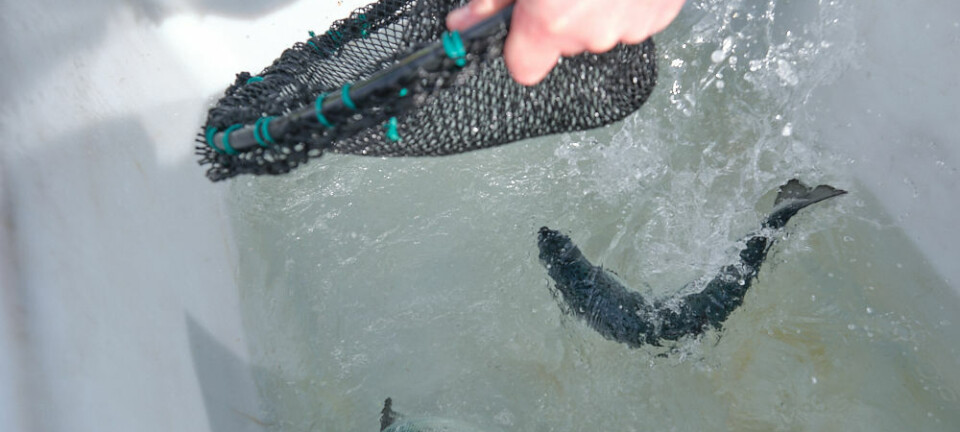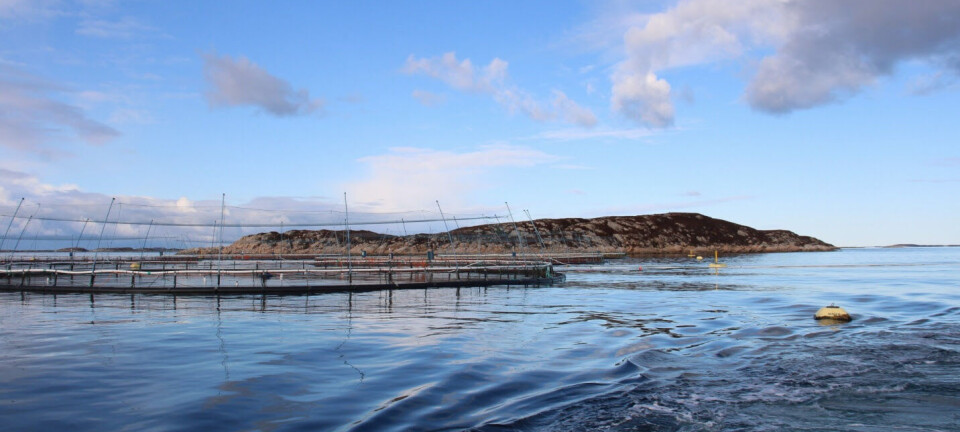
Scottish salmon farmers fund more projects to save wild fish
£230,000 fund for 2026 has opened for applications
The application window for funding for projects to help halt the sharp decline in Scotland’s wild salmon and sea trout has been opened by the country’s salmon farming sector.
Trade body Salmon Scotland’s wild fisheries fund will back projects that strengthen river habitats, protect spawning grounds, and boost survival rates for wild fish.
Salmon Scotland has made £230,000 available for 2026 as part of a wider five-year, £1.5 million investment.
The application deadline is March 31, and grants are available to all river catchment organisations across Scotland, with particular interest in areas where aquaculture and wild salmon fisheries overlap.
Habitat loss and warmer water
Wild salmon and sea trout numbers across the UK have been falling for decades, driven by habitat loss, rising river and sea temperatures, and pressure on migration routes, although some anglers also blame lice from fish farms as a cause of the decline.
Marine survival of wild Atlantic salmon has dropped to between 1% and 5%, compared with around 25% in the 1990s.
Other threats include invasive plants choking riverbanks, predation by birds, fish and seals, and obstacles such as dams and weirs that prevent fish from reaching their spawning grounds.
Since 2021, Salmon Scotland has invested around £705,000 to fund practical river restoration across Scotland.

Past projects have included repairing failing dams in the Western Isles, stabilising eroding riverbanks in Argyll, providing new cover for juvenile fish on Ayrshire burns, and long-term monitoring at the Tournaig trap in Wester Ross.
Support has also backed research on the River Carron, where biologist Bob Kindness leads a long-term study using DNA analysis to track how conservation stocking contributes to returning adult salmon.
Live gene bank work in Lochaber and on Loch Fyne has also received support, helping protect the genetic integrity of vulnerable salmon populations.
The knowledge and determination of people on the ground make a visible difference, and this fund helps them deliver work that gives wild salmon and sea trout a better chance of recovery.
The 2026 fund will again be co-ordinated by Jon Gibb, a fisheries manager based in Fort William in the heart of the aquaculture sector, who has championed a constructive relationship between the salmon farming sector and fisheries and angling groups.
Gibb said the support from the fish farming sector allows local groups to carry out the practical work their rivers need – restoring habitats, improving spawning grounds, and gathering the evidence that shows how young fish are coping.
“These community-led projects are essential if we’re to understand the challenges facing this keystone species and respond effectively,” added Gibb.
“What gives me real confidence is the commitment of people on the ground. Their knowledge and determination make a visible difference, and this fund helps them deliver work that gives wild salmon and sea trout a better chance of recovery. I’m looking forward to the new proposals that come forward and to seeing the difference they can make to Scotland’s rivers.”

Tissue samples
Bob Kindness said support from the Salmon Scotland wild fisheries fund enabled biologists to analyse tissue samples from salmon and monitor the success of a long-established stocking programme.
“So far, the results show that stocked salmon make a significant contribution to the adults returning to the river, helping sustain the population for future generations," said Kindness.
Salmon Scotland chief executive Tavish Scott said: “The wild salmon is part of Scotland’s identity, yet its numbers have been falling for decades. Climate change, damaged river habitats and pressures at sea are all taking their toll, and the decline is now being felt in rivers right across the country.
“Scotland’s salmon farmers want to play their part in finding solutions. Through this fund we are supporting practical, community-led projects that restore rivers, protect spawning grounds, and improve the conditions wild fish need to survive.
“Our sector has world-leading expertise in hatching and rearing salmon, and we are sharing that knowledge to support conservation and restocking efforts. “Collaboration between farmed and wild sectors is essential if we are to give wild salmon and sea trout the best chance of recovering.”
Applications for funding can be made here.
























































